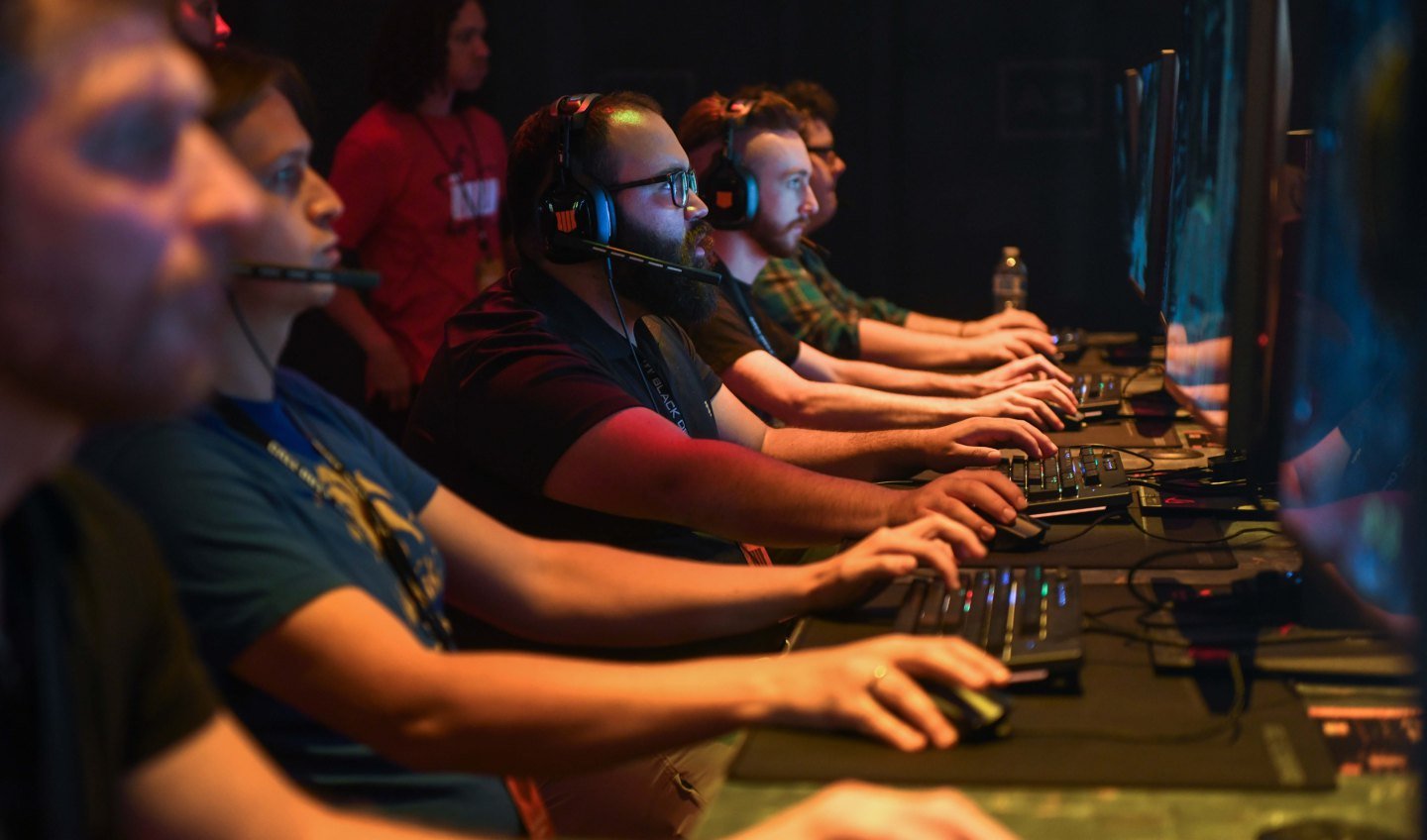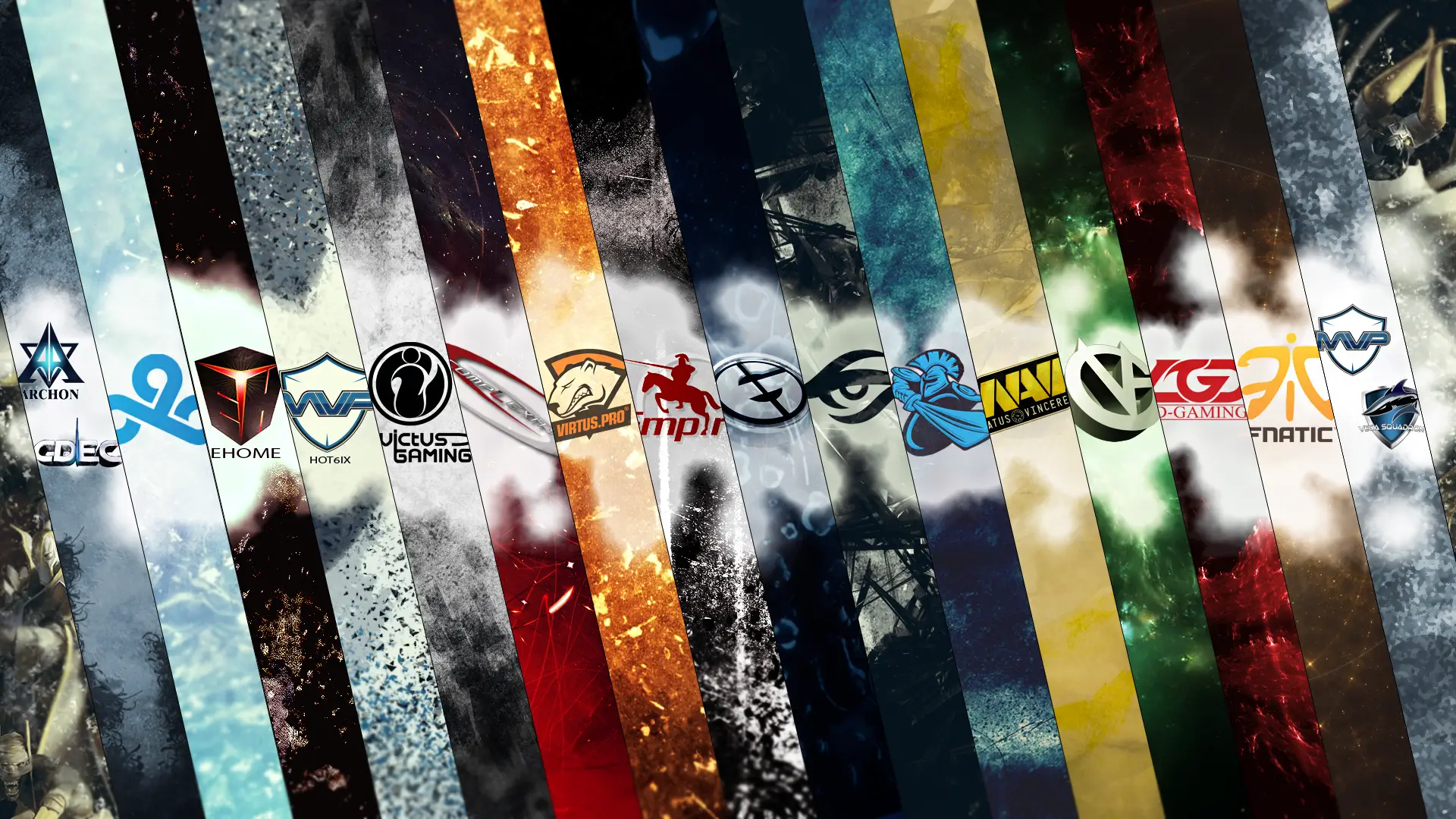Valorant immerses players in a dynamic space where every second affects the outcome of the round. Beginners are confronted with dozens of mechanics at once: shooting, economics, team coordination, micro-positions, and working with abilities. To simplify the journey, it is important to choose the right character. The best Valorant agents for beginners are not the most spectacular ones, but those who help you understand the mechanics of the map, team movement, and the essence of interaction.
Why choosing an agent is critical for beginners
Every agent decision affects your perception of the game. A bad start can form bad habits: aggression without information, pushing without cover, pointless trades. The best Valorant agents for beginners allow you to focus on the basics — position, aim, synchronisation with teammates — while contributing to the overall strategy.
Signs of a suitable hero:
- Simple, intuitive abilities without the need for micromanagement.
- The ability to influence the game in any round (not just with an ultimate).
- Supporting the team through control, reconnaissance, or healing.
- No dependence on precise timing coordination.
Role categories: how to choose the best Valorant agent for a beginner
Before choosing, it is important to understand how roles work in the game. The best Valorant agents for beginners are usually classes with simple functions and consistent usefulness regardless of the player’s level.
Types of roles:
- Duellist — initiates, makes first contact, requires accurate shooting and an understanding of risks.
- Controller — limits visibility, cuts off space, provides a safe exit.
- Initiator — reveals positions, gives teammates information, plays through reconnaissance.
- Guardian — defends, holds the zone, works through traps and slowdowns.
Starting five: universal solutions
The best Valorant agents for beginners, which simplify entry, develop game thinking and minimise mistakes:
Sage (guardian). Access to healing, resurrection, wall creation, and slowdown zones. Suitable for developing team play, space management, and point control. Does not require perfect reactions, compensates for allies’ mistakes.
Brimstone (controller). Smoke screen falls exactly on the mini-map. Minimum mechanical actions — maximum map control. Ultimate blocks the bomb, blocks passages. Allows beginners to focus on positioning.
Killjoy (guard). Trap, turret, slowing pulse. The game is built around defence. The turret provides information. Strong positional play. Ideal for learning the principles of defence and space control.
Skye (initiator). Has reconnaissance, healing and flashes. Has a flexible set, but requires moderate coordination. Forms a habit in newbies to keep an eye on allies and open rounds through information.
Phoenix (duellist). Simple abilities: flash, wall, self-heal. Ideal for players who want to develop aggression without getting lost in complex combinations. Mistakes are forgiven, style is active.
Principles of interaction: how abilities work for the team
The best Valorant agents for beginners are revealed not through individual actions, but through their contribution to the overall game advantage. Each round requires not a hero, but a link in the system. Abilities in Valorant enhance teamplay, control the map, and create opportunities for capture, defence, or interception. It is a mistake to view abilities as a replacement for weapons. The correct approach is to use them as a coordination mechanism.
The impact of abilities on the outcome of a round:
- Control zone. Abilities create virtual boundaries. Walls or smoke reshape the map, restrict passageways, and force the enemy to change their route.
- Time frame. Even a single second gained by slowing down or distracting the enemy can decide the outcome. Abilities control time: they force the enemy to wait and delay their planned actions.
- Information. Reconnaissance is the basis of strategy. Blinding, sound, pinging, and voice contact with an agent all work as a data collection system.
- Distracting attention. The presence of a trap, turret, drone, or clone forces the enemy to be distracted, reducing their accuracy or slowing their movement.
Scenario applications:
- Holding a point — Killjoy sets up a turret and trap, the enemy slows down, loses momentum, and allies take up positions.
- Entering the point — Brimstone covers two shots with smoke, Skye launches a flashbang, and the team enters without taking damage.
- Counter-initiative — Sage blocks the push with a wall, slowing down the enemy’s rhythm, causing them to retreat and leave space.
- Retake — Phoenix launches a flashbang, attracting attention, while a second player comes out from the rear.
- Fake and distraction — Smoke and a turret at one point create the appearance of an approach, while the team works on the other side.
Mistakes in mastering: typical beginner traps
Even the best Valorant agents are useless to a beginner if the player ignores the context of the battle. Each hero has a set of actions that requires a precise understanding of the situation. The main mistake is trying to play as an individual shooter, forgetting about the collective task.
Aggressive style in unsuitable roles
A beginner takes on a duelist, does not know how to retreat in time, does not wait for support, and pushes forward as if competing in a kill race. This approach forms a bad habit — ignoring the macro game. Even an agent with an aggressive profile requires conscious movement, synchronisation with flashes, and knowledge of economics.
Mechanical use of abilities
Sage puts up a wall simply because the round has started. Killjoy places a turret in the first place that comes to mind. Phoenix throws a flash without checking the angle. All of these are chaotic actions without understanding the goal. The ability to use abilities for a specific task is a skill that can only be developed with a conscious approach.
Inattention to the mini-map and sounds
The map constantly transmits information: pings, sound waves, ally movements. The best Valorant agents for beginners only realise their potential when the player reads the space. Who is pushing, who is waiting, who is staying in the back — all of this is visible. Ignoring information turns even a strong agent into a zero.
Refusal to play a support role
Many beginners find support boring. They prefer to shoot rather than heal or set traps. This leads to an imbalance: the team ends up with four duelists without smoke, without heals, without control. The result is failed attacks, loss of initiative, and failure to hold points.
How to minimise mistakes: the gradual learning method
The best Valorant agents for beginners involve step-by-step training. Mistakes are inevitable, but with the right learning structure, they turn into lessons.
Stages:
- Focus on one role — the beginner chooses an agent and plays at least 20 matches in a row, tracking each use of the ability.
- Analyse usage — after each game, analyse which abilities worked, which didn’t, and why.
- Move on to reading the map — the agent stays the same, but the focus shifts to the map: where to place, when, and how not to interfere with allies.
- Communication with the team — the player learns to coordinate abilities: ‘I’ll give smoke in 3 seconds’, ‘I’ll cover the right side’, ‘I’ll heal after the engagement’.
- Combos with others — the next stage is synchronisation: flash + pass, heal + trade, turret + angle.
How to choose the best Valorant agent for a beginner
The best Valorant agents for beginners work not for effect, but for progress. They teach you to observe, understand, and feel the map and the pace. The heroes don’t require highlights, but they provide the foundation on which the entire competitive structure of the shooter is built. The right choice accelerates growth, eliminates burnout, and turns an ordinary roller coaster into a platform for learning.
 en
en  de
de  ar
ar  es
es  nl
nl  hi
hi  fr
fr  it
it  pt
pt  el
el 










